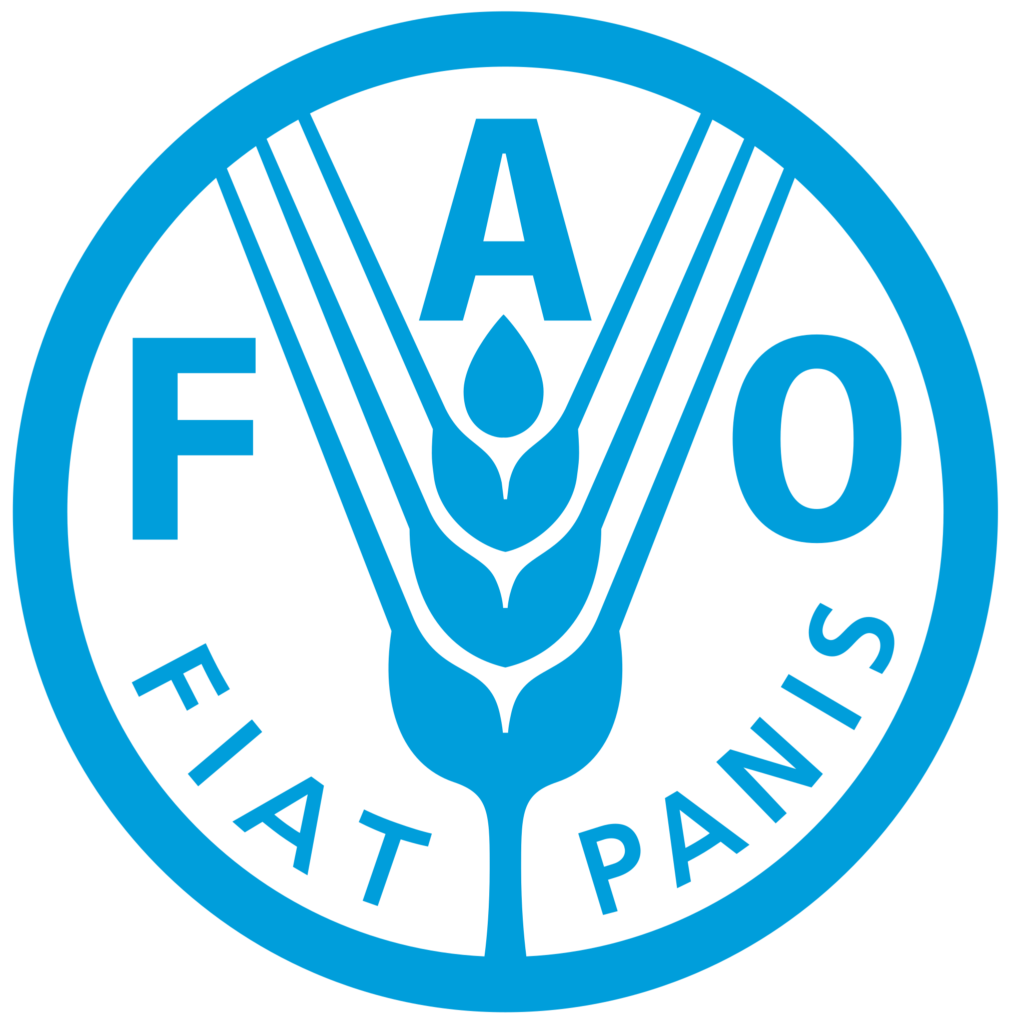By Jyoti Patale
Consultant, Eastern India
November 8, 2023
Part 1: Saraikela
Nestled just 20 kms away from the bustling city of Jamshedpur, the villages of Saraikela, Jharkhand find themselves at the crossroads of traditional and market driven agricultural practices. Influences by market forces, these communities have started a dual approach to farming, cultivating both traditional seeds and hybrid paddy. Community members slowly started using urea for the production.
Surrounded by the lush expanse of Saranda forests, the villages of Saraikela district have become the focal point of a remarkable transformation. Through Keystone’s Eastern India project, our Community Recourse Person Budhheshwar Mahato started a work to promote organic agriculture with increasing diversity for departure from monoculture tradition in six villages-Sarada Beda, Hatnada, Kalajhor, Udaipur, Jungalikhas, Lapaibeda of Saraikela. Through ongoing discussions in Gramsabha about traditional seeds, food diversity, organic agriculture, around 240 families across six villages have expressed their willingness to start millet cultivation and mixed cropping practices this year. They have started mixed cropping cultivation, a practice rooted in the distribution of traditional seeds. These seeds ranging from Maize, Paddy, Arhar (Pigeon pea), Rice bean, Bajra (Pearl millet), Sorghum, Urad (Black gram), Gundali (Little millet), finger millet, Kodo millet, Foxtail millet and Cowpea.

As their crops flourished, villagers received practical demonstration on the preparation of two organic fertilizers Jeev Amrit and Ghan Jeev Amrit and one organic pesticide –Paanch Patta Arka/Five leaf extract training program. Collaboratively, community members prepared these organic solutions and also underwent seed treatment training this year.
Jungalikhas village from Saraikela district is one of those villages where seeds were distributed. In February 2023, they have established community seed bank for conservation of traditional seeds with initial support for necessary infrastructure and purchase of seeds being provided through the Eastern India project. Their existing collection of seeds, including Niger, Cowpea, Maize, Rice bean, Laxmi Kajal traditional paddy and Finger millet. Villagers borrow seeds with the condition of returning greater quantity fostering a community driven spirit of shared responsibility.
An essential task ahead is integrating these locally produced millets into the communities’ dietary habits. Despite the challenges posed by birds and wild animals, the communities are united in their collective efforts to protect their millets and crops. Through their collective efforts these villagers hoping to nurture a legacy of traditional farming and cultural richness in their villages.
Part 2: West Singhbhum
In the month of July, Under the leadership of Community Resource Person Inda Jhamuda (Keystone’s Eastern India project) traditional seeds were distributed among 171 families of 5 villages- Mamar, Churagi, Kumbiya, Jamkundiya and Lembra of West Singhbhum district. In a remarkable departure from monoculture tradition, the communities have taken a step by sowing millets alongside paddy for the first time. This shift marks the introduction of a mixed cropping system in their villages, a practice forgotten in the face of monoculture. Waterlogged lands by any natural sources called Salbaba Jameen, are dedicated to only paddy cultivation. This is long duration (120-130 days) traditional paddy variety. On plain and slopy lands, the communities have started mixed cropping cultivation relying on the distributed traditional seeds such as Maize, Arhar (Pigeon pea), Urad (Black gram), Rice bean, Bajra (Pearl millet), Sorghum, Gundali (Little millet), finger millet, Kodo millet, Foxtail millet and Cowpea, incorporating a shorter duration (70-80 days) paddy variety called Goda dhaan.


Regular discussions in Gramsabha (Village council) about crop progress and challenges, led to arranging different training sessions for community members. They have participated in practical demonstration on the preparation of two organic fertilizers- Jeev Amrit and Ghan Jeev Amrit and one organic pesticide -Paanch Patta Arka/Five leaf extract training program.
With each passing step, communities are progressing in their harvest. From harvesting Maize, to the step by step harvesting of paddy, pulses and cultivated millets, these villages gradually started a rhythm of agricultural life that resonated with their traditions. The important challenge will be incorporating locally produced millets into their diets.


By changing nature of land use and pressure on forests due to large scale mining activities in this area, agricultural efforts are not without challenges. The lands surrounded by forests in tribal areas and isolated millet cultivated fields are difficult to manage from the flocks of birds, Langurs, wild boar. Birds like the Scaly breasted Munia and Parakeets come for Bajra (Pearl millet) and Maize. In response, the communities have constructed temporary watchtowers in their fields to safeguard their harvest. Despite these hurdles, the villagers preserve, demonstrating resilience and determination.
The villagers reflecting on their heritage, expressing their thoughts: We have forgotten to eat all these millets. Our grandparents used to relish these grains. By reintroducing traditional seeds into their fields, community members are hoping to preserve traditional farming knowledge for generations to come and ensure food security by mitigating the risks associated with unpredictable weather patterns.


















